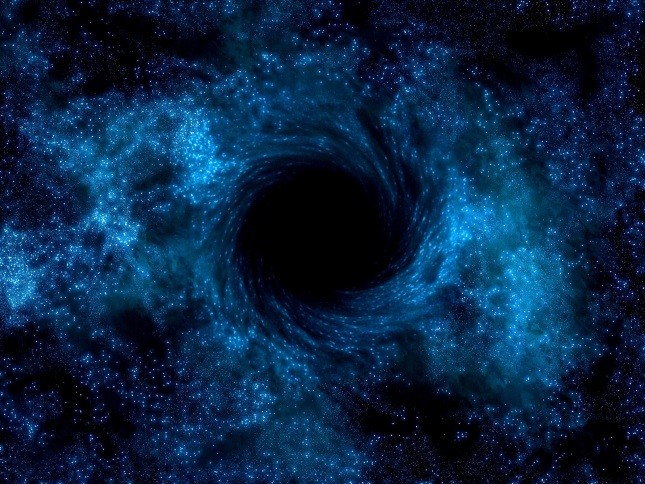November 19, 2011 – NASA released fresh imagery Thursday of a mega-storm that encircled Saturn for more than six months earlier this year, becoming the longest-lived weather system ever observed on the ringed planet. The Cassini spacecraft circling Saturn also became the first probe to ever observe such a large storm from nearby. Previous system were studied from telescopes on or near Earth. The storm emerged Dec. 5, 2010, and stretched around the planet by the end of January, according to NASA. Its north-south width eventually reached 9,000 miles. Cassini’s radio and plasma wave instrument also detected lightning from the storm, confirming it was a “convective” weather system, NASA said. “The Saturn storm is more like a volcano than a terrestrial weather system,” said Andrew Ingersoll, a Cassini imaging team member at the California Institute of Technology in Pasadena. “The pressure builds up for many years before the storm erupts. The mystery is that there’s no rock to resist the pressure – to delay the eruption for so many years.” The storm fizzled in June, but its clouds are still present in Saturn’s hydrogen-helium atmosphere today. At its peak, it covered about 2 billion square kilometers, researchers said. “This new storm is a completely different kind of beast compared to anything we saw on Saturn previously with Cassini,” said Kunio Sayanagi, a Cassini imaging team associate and planetary scientist at the University of California, Los Angeles. “The fact that such outbursts are episodic and keep happening on Saturn every 20 to 30 years or so is telling us something about deep inside the planet, but we have yet to figure out what it is.” Scientists are examining data preceding the storm’s appearance to determine what may have triggered its development.
last singns of planet earth earthquake,volcanoes activity,tornadoes,hurrcane,sanstorm,hailstorm,floods,Landslide,sinkhole,mistery,astronomy,fireball
Subscribe to:
Post Comments (Atom)
Popular Posts
-
Scientists have detected a gigantic reservoir of hot, partly molten rock deep beneath Yellowstone National Park. The newly discovered mag...
-
A growing list of commentators, politicians and religious leaders appear to sense something big, something ominous, is hiding around the co...
-
Officials say severe weather spawned at least one tornado that damaged several homes in rural Central Texas, including one that was lifte...
-
The planet Mars is also called the red planet because of the abundance of iron oxide present in its surface rocks. And 'the colo...
-
Heavy rain and hailstones hit Tokyo and surrounding areas on Tuesday. Tokyo's Mitaka City was hit by hail in the afternoon. Some resi...
-
A violent sandstorm swept through the border region between China and Mongolia. Erenhot City city 'belonging to an autonomous regio...
-
An earthquake registred in Montana magnitude 4.8 Yellowstone park.M 4.8 - 37km ENE of West Yellowstone, Montana depth 6.8 km
-
It was December 27, 2004, when a blast of the magnetar SGR 1806-20 hit the Earth with a wave of gamma rays powerful enough to affect the ...
-
December 14, 2011 – PAPUA NEW GUINEA – A 7.3 magnitude earthquake struck the Bismarck Archipelago region of Papua New Guinea . The earthqua...






.jpg)





No comments:
Post a Comment